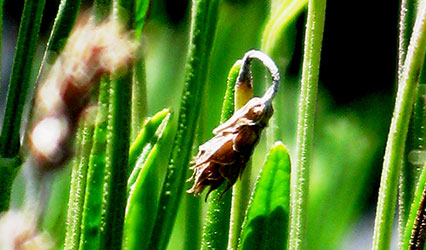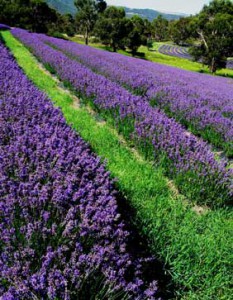
The caprice of climate
Farming is not only about good times it is also about rolling with the punches and making the most of what ‘nature’ offers. The volatility of climate is a major determinant of every harvest. We rarely start or finish at the same time twice with a new set of climatic challenges to meet alongside the logistical challenges of our expanding farm enterprise. In fact, in the 13 years since we have had harvestable quantities of flower we have run the gamete of possible weather conditions including drought, frost, bushfires, heatwaves, winds and flooding rain, all of which have exerted their own effect on harvest. This said, there has been only one year, summer 2006/2007, where there was no harvest. A severe late frost burnt off the farm’s entire flower set. Other than that one year, our plants have always found a way through to bloom and usually profusely.
Lavender & Green or Lavender & Gold
Green summers are mild and the easiest. Gold years are challenging but produce intense oils. So long as purple is part of nature’s summer palette we are happy. Summer 2011 was green and purple while summer 2013 coloured gold and purple. As the photos of Majesse valley in these years show, this difference can be startling.






